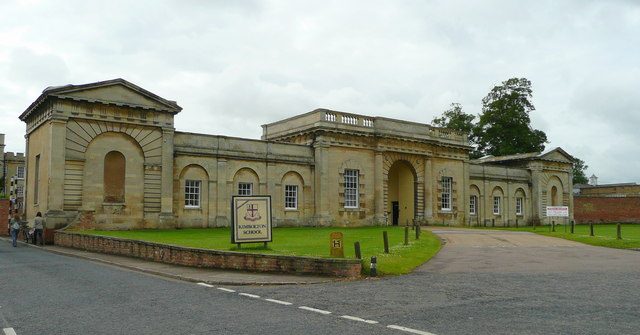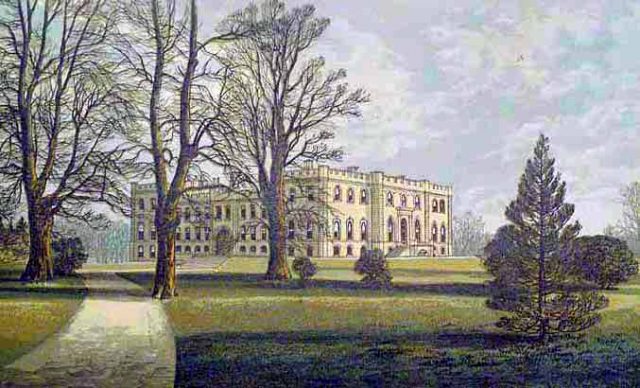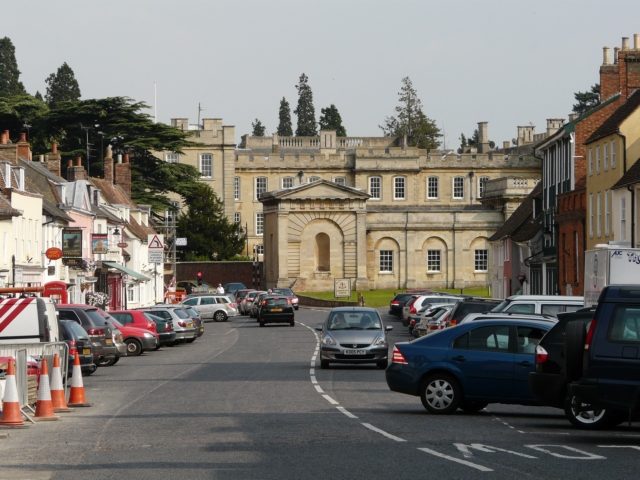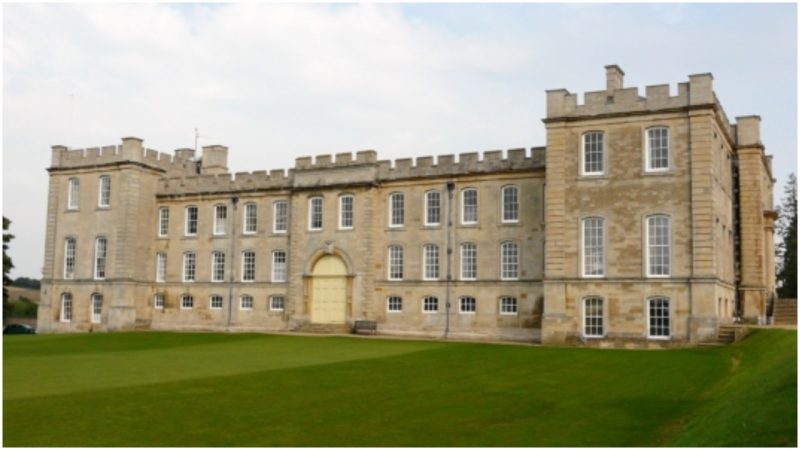Although it looks like a beautiful mansion today, in the Norman period, this building was probably a simple stone structure. However, there are no remains of the original construction, so no one knows exactly how it looked, but it is believed that a fortified castle once stood on the grounds.
Over the following years, the castle had several successive owners, each of them improving it as they found convenient. Major reconstructions took place in the 15th century directed by Anne, Duchess of Buckingham, as well as in the beginning of the 16th century when the castle became the property of the Wingfield family. Sir Richard Wingfield rebuilt the castle in the Tudor style, using mainly bricks but also stone brought from Higham Ferrers Castle.
Then in 1534, the Tudor mansion welcomed a new resident who would be responsible for the subsequent references to Kimbolton Castle in many historical records: Catherine of Aragon, the daughter of the Spanish monarchs and the first wife of the English king Henry VIII. She did not, however, move there willingly, but by the orders of the king, who was now happily married to Anne Boleyn. Catherine never accepted their divorce, nor did she acknowledge the existence of the new queen.

Many of the English people were also reluctant to accept Henry and Catherine’s divorce. For them, Catherine of Aragon had always been the true Queen of England. According to written records, on her way to Kimbolton Castle, the former queen was greeted by a cheering crowd that stood on the road for hours waiting for her to pass.
Catherine spent her last two years in the castle, probably feeling very lonely because the king had even prohibited her from seeing their only child, Mary. During this time, her health declined and the climate at Kimbolton was only worsening her condition. In 1536, Catherine of Aragon died at Kimbolton Castle without seeing her daughter for the last time. The king didn’t authorize any encounters between them, and it remained so until the very end.

Catherine of Aragon is buried at Peterborough Cathedral with the inscription “Katharine Queen of England” over her tomb. However, this is a later addition; upon her burial, following the orders of the king, she was buried as the Dowager Princess of Wales. After her death, people claimed to have seen her ghost wandering the halls of Kimbolton Castle. Even today, it is believed to be haunted by the ghost of Catherine of Aragon.
The castle was finally ready to leave its dark past behind when the 1st Earl of Manchester, Sir Henry Montagu, purchased in 1615. It remained the property of the family for the following 335 years. Its owners had made some changes of the appearance of the castle. However, the most noticeable was initiated in the beginning of the 18th century by Charles Edward Montagu. He commissioned the architects Sir John Vanbrugh and Nicholas Hawksmoor to remodel the castle in the Baroque style, but still preserved some features of the Tudor building. They are easy to recognize because of the characteristic Tudor brickwork.

As for the interior, the Italian painter Giovanni Antonio Pellegrini was entrusted to decorate the rooms with beautiful murals and frescoes, while the furnishings had to be made in the Louis XIV style. Followed the improvements made by the Palladian architect Robert Adam. He wanted to build several buildings similar to the Roman temples in the garden, but unfortunately, only the gatehouse was constructed.
During World War II, the castle was turned into a hospital. The Montagu family owned the castle until 1950 when the 10th Duke of Manchester decided to sell it and soon Kimbolton School was opened.
Related story from us: Prague Castle has been crowned the largest ancient castle in the world
The Georgian mansion is a typical example of 18th-century English manor house, but as much as it is beautiful, history remembers it as the building where Catherine of Aragon died. Kimbolton Castle is used as a setting in documentaries about the Tudor dynasty, as well as series such as Wolf Hall.
